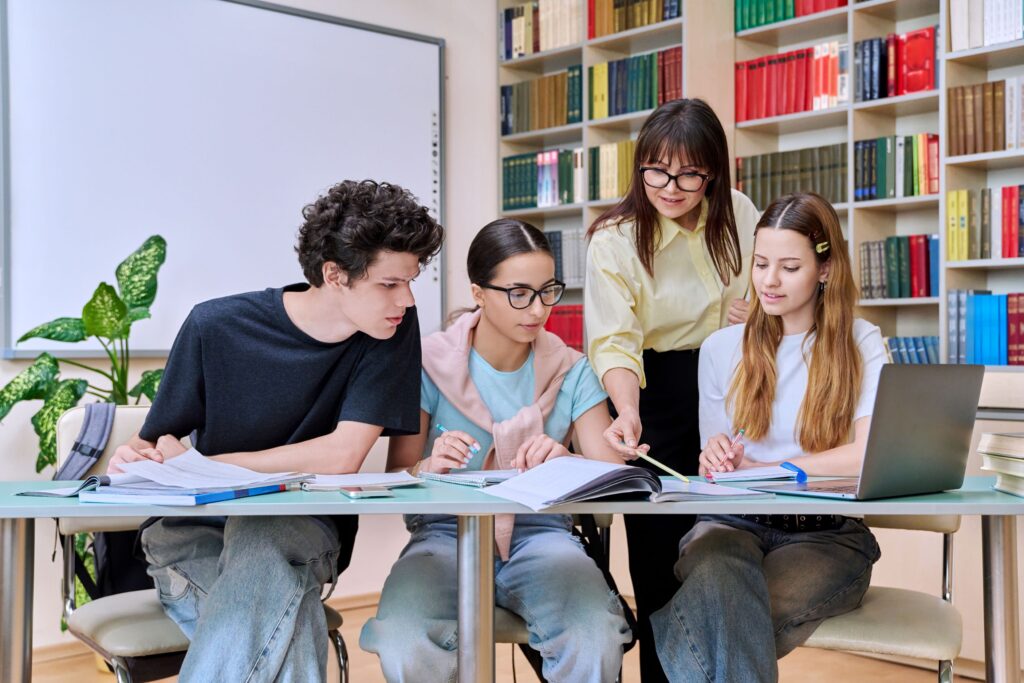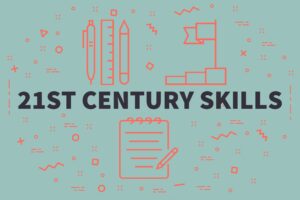In the realm of education, feedback loops play a pivotal role in fostering student success. By understanding and leveraging these mechanisms, educators can significantly enhance learning outcomes.
What Are Feedback Loops?
Feedback loops are systems where outputs of a process are circulated back as inputs, creating a cycle that influences future outputs.
In an educational context, feedback loops involve the interaction between students and educators, where information about student performance is used to inform teaching strategies and improve learning outcomes.
The Components of Feedback Loops
A feedback loop consists of several key components:
- Input: Information or data regarding a student’s performance or understanding.
- Process: The analysis and interpretation of the input.
- Output: The feedback provided to the student.
- Feedback: The cycle where the output is used to modify future input.
Understanding these components is crucial for educators aiming to implement effective feedback mechanisms in their classrooms.
The Importance of Feedback Loops in Education
Feedback loops are not merely tools for evaluation; they are essential for continuous improvement in educational settings.
Enhancing Student Engagement
Effective feedback mechanisms can significantly enhance student engagement. When students receive timely and constructive feedback, they are more likely to be motivated and take an active role in their learning process.
Improving Learning Outcomes
By providing students with clear, actionable feedback, educators can help students understand their strengths and areas for improvement, ultimately fostering a deeper understanding of the subject matter.
Facilitating Teacher Development
Feedback loops also provide valuable insights for educators, allowing them to refine their teaching strategies. Through this iterative process, teachers can adapt their methods to better meet the needs of their students.
Implementing Feedback Loops in the Classroom
To harness the full potential of feedback loops, educators must thoughtfully implement these mechanisms within their teaching practices.
Establishing Clear Objectives
Before implementing feedback loops, it is essential to establish clear learning objectives. These objectives serve as the foundation for assessing student performance and providing relevant feedback.
Creating a Supportive Environment
A supportive classroom environment is crucial for effective feedback. Students should feel comfortable receiving and acting upon feedback without fear of judgment or failure.
Utilizing Technological Tools
Technology can enhance the effectiveness of feedback loops. Platforms that facilitate real-time feedback, such as learning management systems and educational software, enable educators to provide timely and personalized feedback to students.
Encouraging Student Reflection
Encouraging your students to reflect on the feedback they receive is a vital aspect of the feedback loop process. Reflection allows students to internalize feedback and apply it to future learning tasks.
Strategies for Providing Effective Feedback
Not all feedback is created equal. To maximize the impact of feedback loops, educators must employ strategies that ensure feedback is both effective and actionable.
Be Specific and Constructive
Feedback should be specific, focusing on particular aspects of a student’s performance. Constructive feedback highlights areas for improvement while acknowledging strengths, providing a balanced perspective.
Ensure Timeliness
Timeliness is critical in feedback mechanisms. Providing feedback soon after a task or assessment helps students make connections between their actions and the feedback, facilitating immediate application.
Foster a Growth Mindset
Encouraging a growth mindset through feedback can empower students to embrace challenges and persist in the face of setbacks. Feedback should reinforce the idea that abilities can be developed through effort and learning.
Encourage Dialogue
Feedback should be a two-way dialogue between educators and students. Encouraging your students to ask questions and seek clarification fosters an open line of communication and enhances the feedback process.
Real-World Examples of Feedback Loops in Education
Formative Assessments
Formative assessments, such as quizzes and in-class activities, are practical examples of feedback loops. These assessments provide immediate feedback to students, allowing them to gauge their understanding and make necessary adjustments.
Peer Review Processes
Peer review processes create opportunities for feedback loops among students. By reviewing each other’s work, students can gain diverse perspectives and insights, contributing to their learning and growth.
Adaptive Learning Technologies
Adaptive learning technologies utilize feedback loops to tailor educational content to individual student needs. These technologies continuously assess student performance and adjust instructional materials accordingly.
Feedback loops are integral to student success, offering a framework for continuous improvement and enhanced learning outcomes.
By understanding and implementing these mechanisms, educators can create a dynamic and responsive learning environment that supports student achievement.
As we continue to explore the potential of feedback loops, their application in education promises to unlock new possibilities for teaching and learning.
Educators never stop learning; check out our available graduate degree programs to hone your skills and promote lifelong learning and academic excellence.




